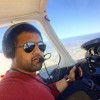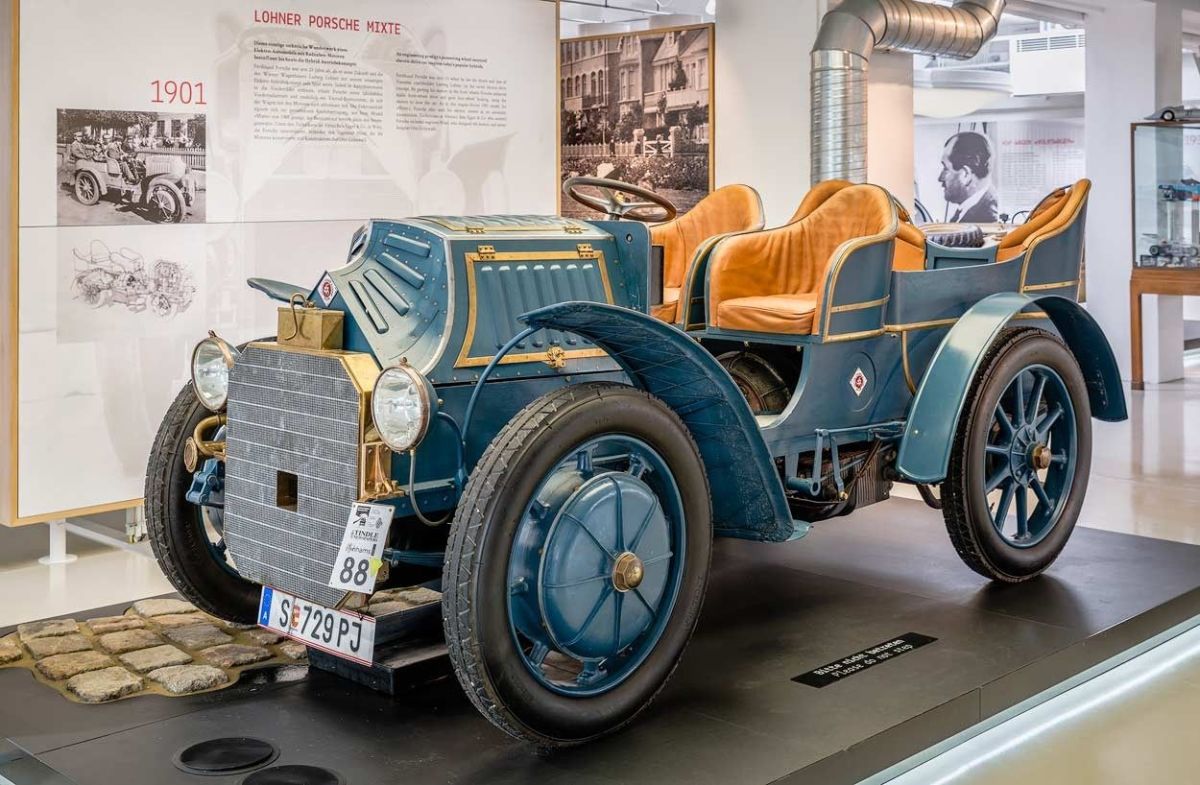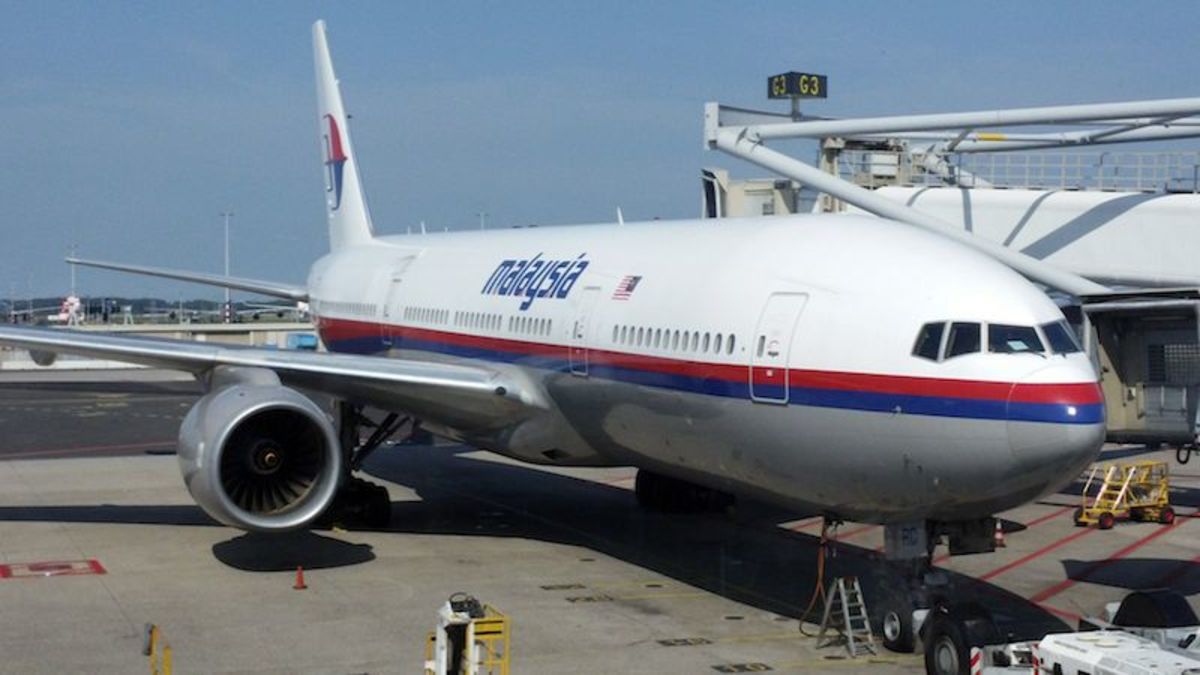The 2000s (The Decade That Defined Gen Y): Part 3 - Travel

Hybrid Cars
Some of my regular readers might have read my car-focused articles including the ones where I reviewed the top hybrid supercars including the likes of the LaFerrari, McLaren P1, BMW i8 and Porsche 918 Spyder.
However, the story of hybrid cars actually goes back to the mid 2000s when in light of the chaos arising from the Iraq war and the uncertainty of whether OPEC will limit oil-production or not, car-makers soon realized that they needed to do something to prevent the human reliance on petrol to power their vehicles and also wanted to exercise a degree of corporate social responsibility at the dawn of the 21st Century.
The result was the launch of Toyota's Prius, a front-wheel drive 5 door hatch-back which had an electric motor along with the petrol engine to power the car to the point that at low speeds, it was only the electric motor which was running while the engine only kicked in at higher RPM.
Having rented a Toyota Prius a few times from Hertz, I was impressed with its on-bard technology (including its center-dash display) which showed a graphic representation of the car's performance and fuel-consumption. While the graphics and ride-comfort were indeed impressive, the car's handling and grip was mediocre and it certainly felt flimsy at higher speeds apart from the fact that the Prius was an expensive car to purchase.
Over the past 9 years, other companies have certainly followed suit with companies like Honda, GM and Elon Musk's Tesla launching their own cars (with the Tesla Roadster claiming it to be the forerunner in establishing hybrid technology in sports-cars) and have launched their own hybrid cars (thereby making them even more attractive and cheaper due to the competition), however, Toyota's Prius can certainly be considered Genesis within this market and has helped Gen-Y move past the mentality that you need massive thirsty petrol engines to get a punch from your car.
Toyota Prius racing a Honda Insight
Tesla Roadster Review
Bugatti Veyron
Continuing on with the main cars from the 2000s, the next contender worthy of mention would be something completely at the other end of the scale i.e. the world's fastest production car.
Built by Bugatti after Germany's Volkswagen group took control of the group, it was essentially the 2000s answer to its big brother from the 1990s, the McLaren F1, which was also the previous fastest car.
Mated to a 8 liter W16 engine churning out a 1000 hp and being able to engage 7th gear only in excess of 150 miles per hour, the Veyron was considered a 'Concorde' moment within the automotive world in the sense that there was simply no other car which matched the Veyron's top speed,its on board specs, the price and also the fact that Volkswagen were actually losing 5 million Euros on every Veyron they built - implying that its unlikely a car like this would ever be built again.
Nevertheless, the Veyron certainly showcased during the 2000s that what 21st century technology on a car could do to it and its influence can certainly be seen in today's hybrid supercars which are also producing horsepower near the 1000 hp mark

Airbus A380 (2007)
If the 2000s saw the end of one era within commercial aviation, it saw the onset of another, in the form of the world's biggest commercial airplane, Airbus's A380-800!
A concept which was originally set out during the 1990s to rival Boeing's 747 and to recoup strategic and financial losses suffered by EADS due to the Airbus A340 (which lost its USP after Boeing's 777 and Airbus's own A330 were certified ETOPS or Extended Twin Engine Operations over water), the A380 was launched between 2004-2006 with the first maiden commercial flight taking place between Singapore's Changi Airport and Sydney's Kingsford Smith International Airport on October 25 2007, operated by the A380's launch customer, Singapore Airlines.
The A380, unlike the Boeing 747, is a double-decked plane throughout its fuselage (i.e. from nose to tail) and sports one of the technologically most advanced flight-decks found in any airplane today, including QWERTY keyboards available for both Captain and First Officer which can be used to not only program flight-planes but to also use the inflight FMC (Flight Management Computer), communicate with ATC and should the need arise, troubleshoot any problems. The A380's Avionics are in fact so advanced, pilots actually don't need to actively input any major commands into its FMC as the plane's capable of flying from take-off to landing (including slowing down to taxi at compatible airfields) on its own and also plot suggested routes while in the air to avoid, say rough weather.
Sporting a range of 8,000 NM, the A380 can comfortably fly distances covering city pairs like Sydney to Los Angeles, Dubai to New York, Singapore to London and Dubai to Sydney etc and has now become the preferred plane on key routes such as the Kangaroo route between Australia and Europe (using Singapore and Dubai as major stopovers).
Personally, I've flown the A380 numerous times between Sydney and Dubai, Sydney and Singapore and Sydney and Auckland on Emirates and Singapore Airlines and can say it is one of the quietest and most comfortable cabins I've been in.
The A380's has suffered one major incident since its inception when Qantas flight QF32 (flying London-Singapore-Sydney) suffered an engine blowout shortly after its take off from Singapore - the plane landed safely and investigations revealed an issue with one of the parts used by Rolls Royce on the Trent 900 Engines, an issue which was quickly resolved.
Bugatti Veyron vs Cessna (Race from Northern Italy to London); Top Gear - UK, 2004
'Megastructures': An Airbus A380 Documentary
'Air Crash Investigation': Qantas A380 flight QF32)
My flight on the Emirates A380 in 2009 (EK412 from DXB to SYD) - Part 1
My flight on the Emirates A380 in 2009 (EK412 from DXB to SYD) - Part 2
The Shanghai MagLev Train (2004)
Train travel also went to the next step during the 2000s, when we witnessed the launch of the first commercially operated MagLev (or Magnetically Levitated) train in Shanghai, China.
Built during the early years of the 20th century and opened for business in 2004, the Shanghai Maglev line runs between Shanghai's PuDong International Airport and PuDong Train station, at which customers can transfer to the Shanghai Metro lines to continue their onward journeys into the city-center or other parts of Shanghai City.
Capable of cruising at a speed of 501 KPH! the MagLev essentially dwarfs everything we once knew or thought we knew about high-speed train travel and works and experiments are already underway to see if MagLev can indeed become the norm of normal train travel in more countries where high-speed train networks already exist.
The Shanghai MagLev demonstrated China's emergence as a world and economic superpower (with the country already being granted a permanent seat in the United Nations Security Council) and proof it was able to have what it takes to host the Beijing Olympics (another significant event for the country during the same decade) - These topics will now be covered in the following sections.
Boeing 777-200LR (2005)
While Airbus had amazed the world with the launch of the A380-800 into commercial service, Boeing decided to capitalize on the long-distance low density travel market by building the Long-Range variant of its already hugely successful 777, the Boeing 777-200LR.
Sporting similar dimensions as that of a standard Boeing 777-200, the 200LR had ultra-low drag wings and composite materials, which essentially allows to virtually fly across any two cities at maximum fuel and minimum payload, giving it a theoretical maximum range of roughly 9,500 NM, thereby displacing the previous longest range airplane in the world, the Airbus A340-500 off the top rank.
In 2006, the first 777-200LR was delivered to Pakistan International Airlines and since then, airlines specializing in long-haul operations (Specifically Emirates) utilize the 200LR in many of its trunk routes (including Dubai to Sao Paulo).
With the A380 expected to dominate the high-density long haul market and the Boeing 777 as the pioneering aircraft for the long-haul medium density sector, these two planes are expected to essentially dominate our skies for the foreseeable future with major airlines like Emirates, Singapore Airlines and British Airways focusing on acquiring these two models to expand and maintain their fleet.








